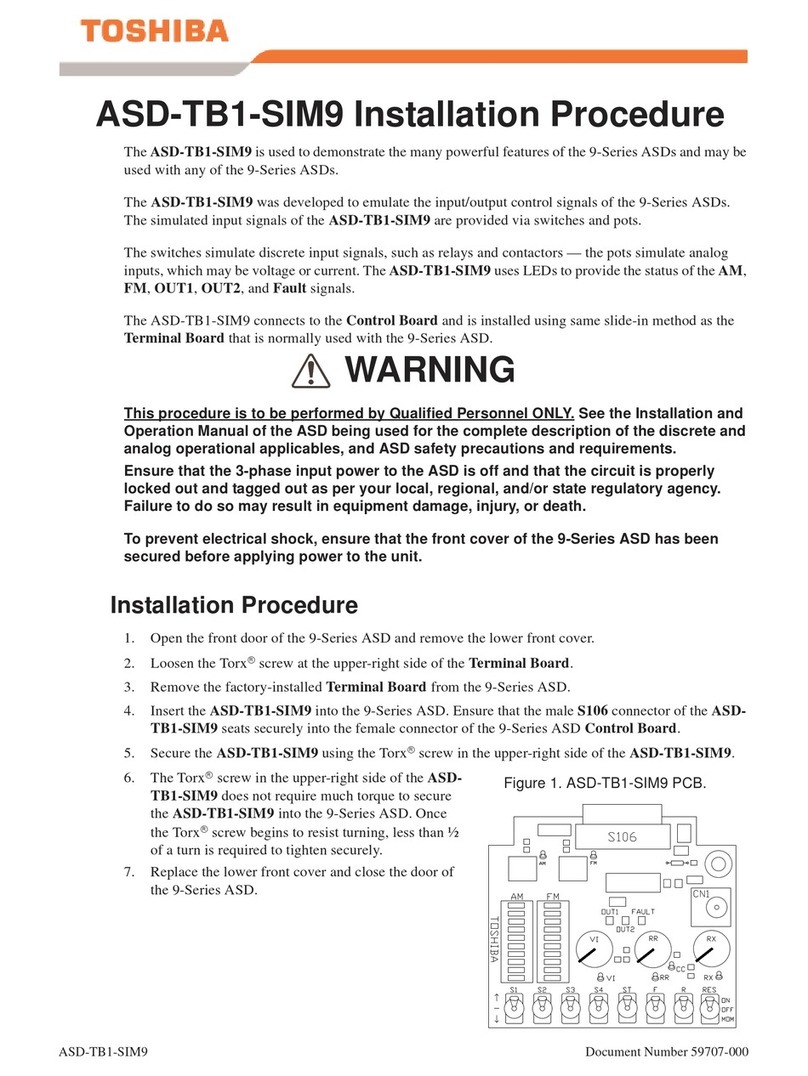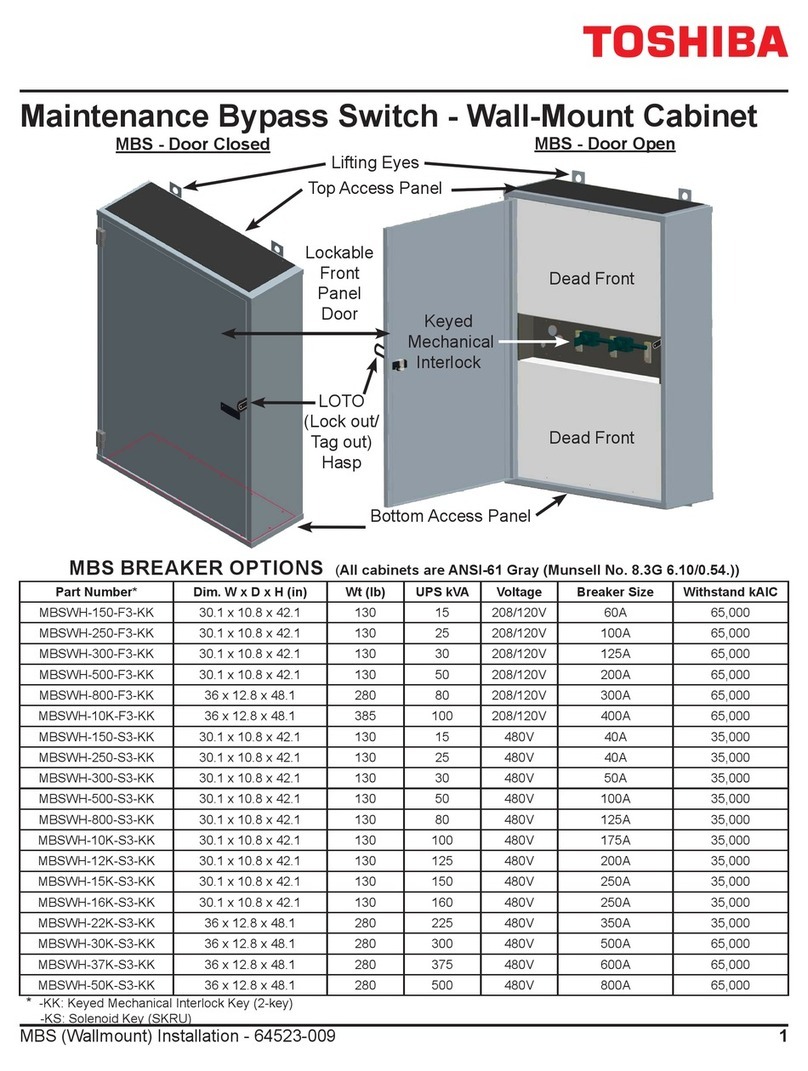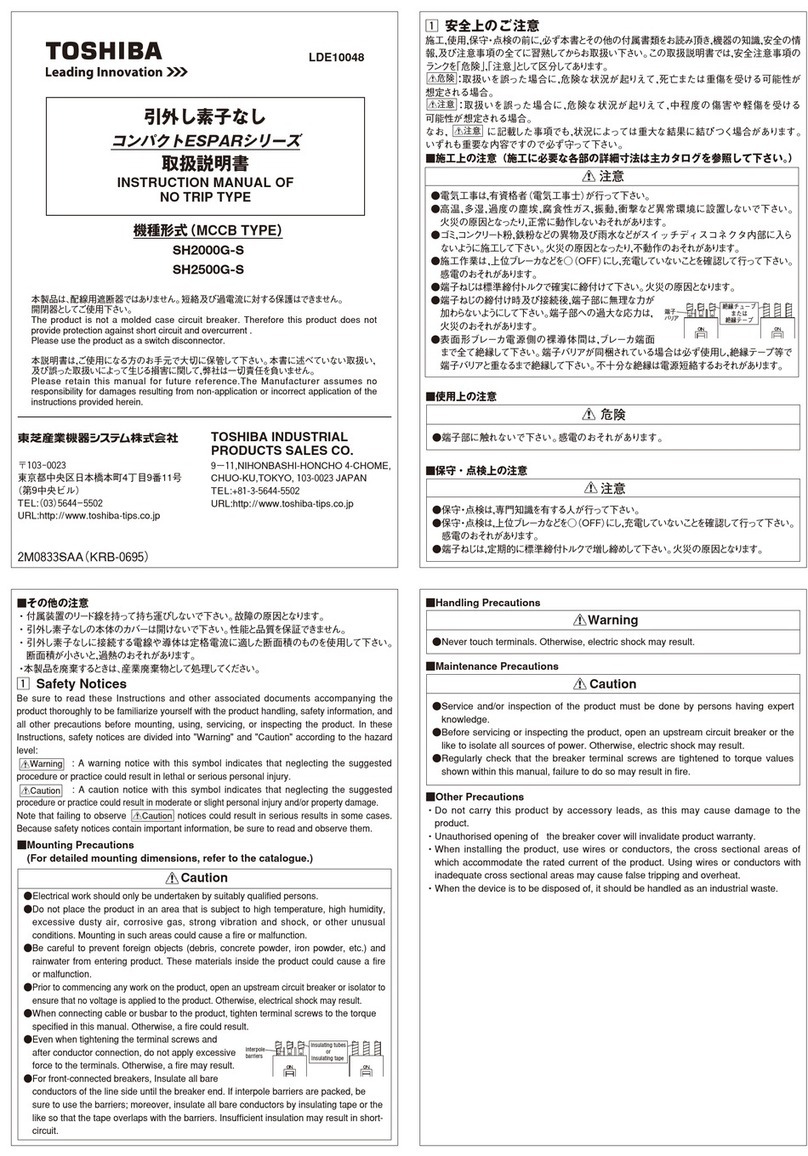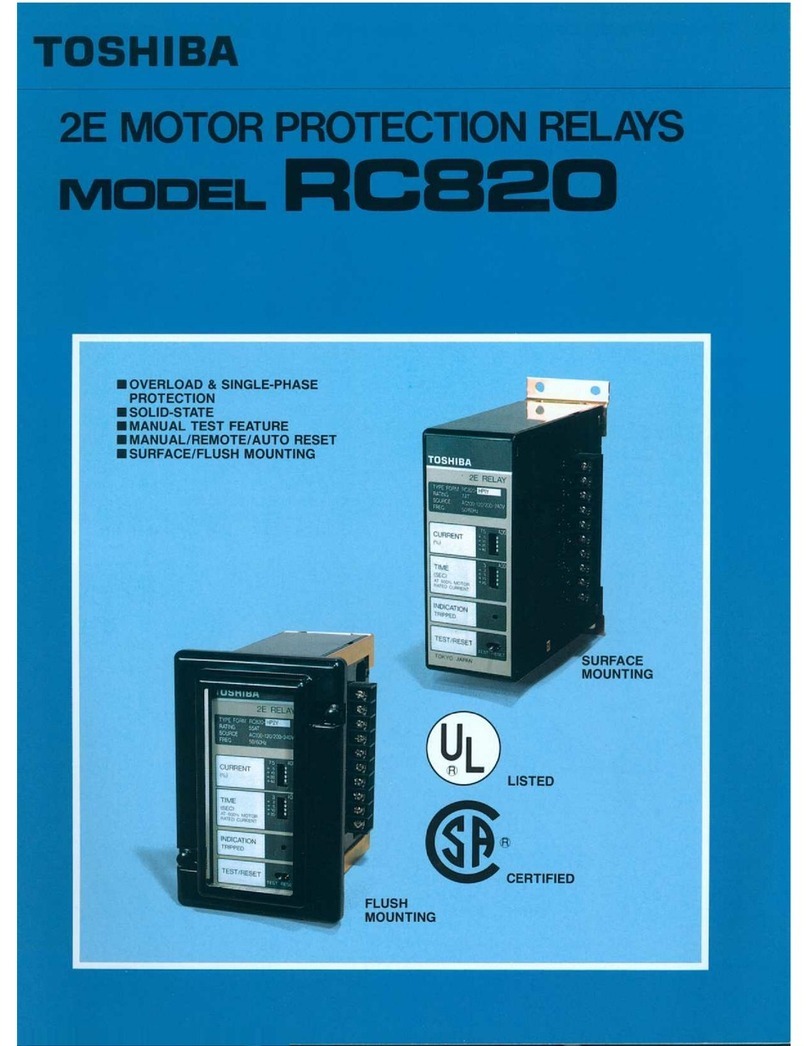
RD002-RGUIDE-01
2018-03-07
Rev. 1
8/ 15
© 2018
Toshiba Electronic Devices & Storage Corporation
3.2. Auto output discharge function
For the purpose of requiring low power consumption application, it is general that average power
consumption goes down balancing total system utilization and supplying power. Especially
smartphone and tablet, there is a trade-off between the size and weight of the device and their
battery capacity while a high level of power management is necessary, but in the application there
are various electronic circuits including wireless communication, camera, display, audio, and storage
circuits, so it is necessary to control their power supplies surely. Due to the decreasing voltage and
increasing clock rate of system-on-chips (SoCs) at the same time, their power consumption has
been increasing today and the future so the trend of the output capacitors which for power
management circuit used to stabilize the power supplies to the SoCs becomes increasing. When a
system needs to shut down a power supply for a SoC, the amount of charge remaining in a large-
value capacitor could be uncontrollable and cause system malfunction.
To avoid this problem, the TCK401G has the auto output discharge function, which is designed to
discharge the remaining amount of charge from the output capacitors for external MOSFETs at
switch-off in order to pull down quickly the output voltage to zero. If the DIS pin of the TCK401G is
connected to the outputs of external N-channel MOSFETs, the TCK401G automatically discharges
the remaining amount of charge from the output capacitors through the DIS pin when the VCT pin is
set Low to switch off the MOSFETs. The auto output discharge function requires no further
adjustment or setting. Figure 3.2.1 shows an example of MOSFET switching waveforms obtained
without using the TCK401G whereas Figure 3.2.2 shows waveforms obtained with the auto output
discharge function of the TCK401G.
Figure 3.2.1 Output waveforms without the auto output discharge function
Test conditions:
VIN = 5V
VGATE = 0 ⇔ 10V
IOUT = 5A
COUT= 4.7μF
Ta = 25°C
V
GATE
(10V/div)
Output current
(5 A/div)
Output voltage
(5 V/div)
5ms/div































